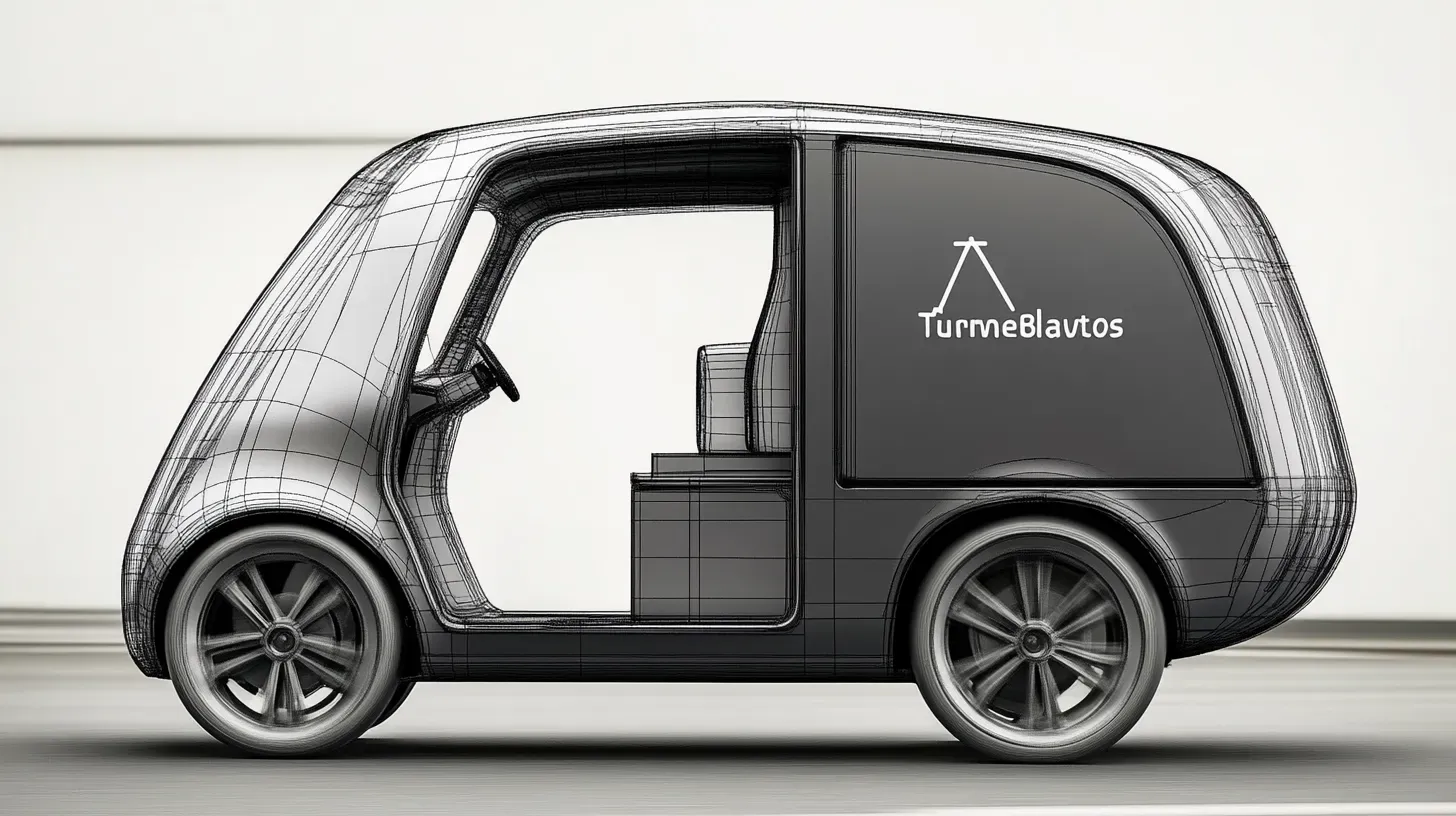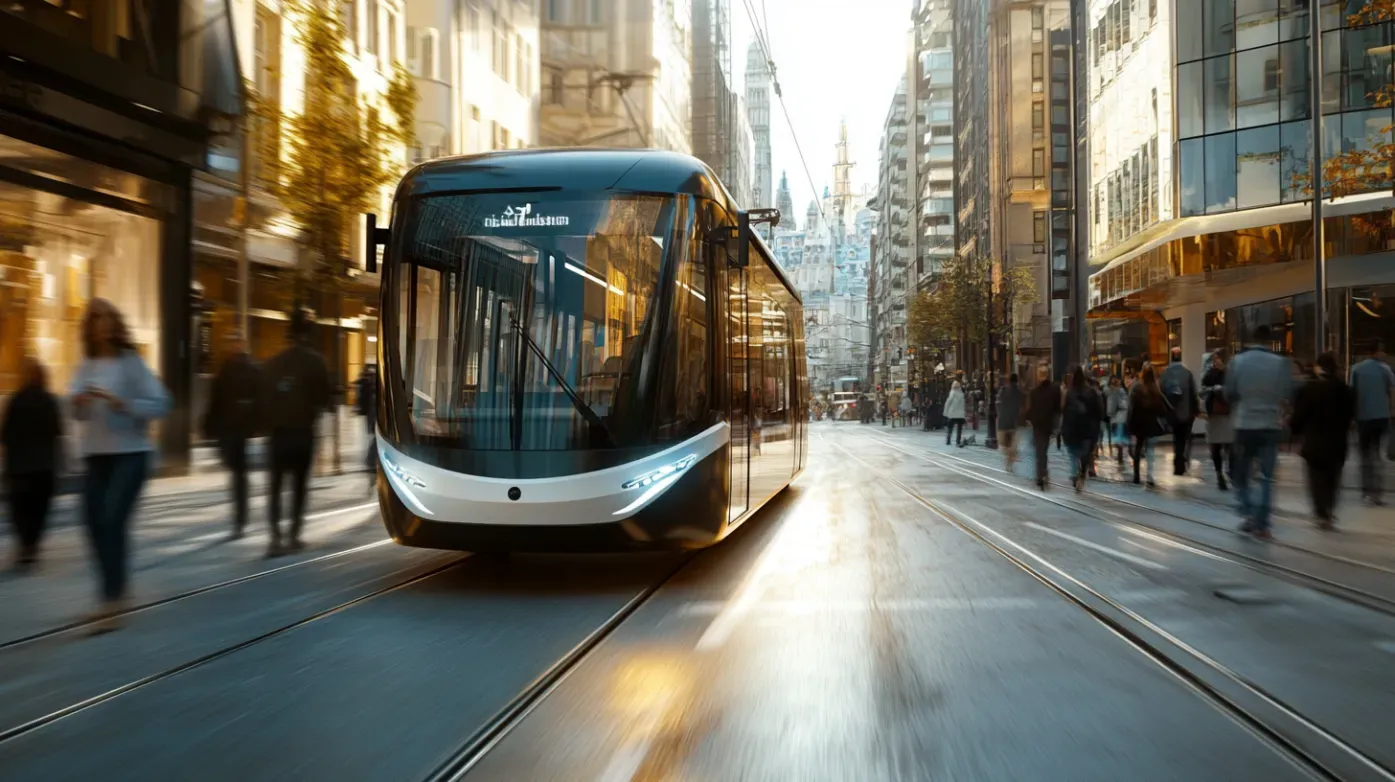Low-Speed, High Impact: Financing Passenger Shuttle Fleets for Innovation Zones
Paul Thompson • June 27, 2025
Not every autonomous vehicle needs to hit the motorway. In fact, some of the most successful deployments are small, electric shuttle buses operating in confined environments like ports, airports, and Urban City Circulators
Why Autonomous Shuttles Work
- Lower speeds = lower risk
- Defined routes reduce complexity
- Great for first-mile/last-mile connectivity
- Ideal for controlled urban or semi-private spaces
Examples include:
- Business parks linking offices and stations
- Tourist areas with fixed loops
- Portside, harbour connections or airports
- Hospital campuses and university grounds
Cost and Finance Considerations
A purpose-built autonomous shuttle can cost hundreds of thousands. Add support vehicles, charging, and personnel training, and costs rise fast.
Avro Finance helps spread that cost with:
- Finance leases and hire purchase
- Support for related software and accessories
- Options to scale fleets over time
Funding the Full Ecosystem
We finance:
- Shuttles and multi-seat AVs
- Charging docks and wireless chargers
Ready to get your innovation zone moving? Speak to us today.
You might also like

Cities across the UK are changing fast — and so are the ways businesses move goods. As congestion, emissions regulations, and delivery demands grow, cargo bikes have emerged as a practical, low-impact alternative to vans for last-mile transport. But for many operators, the upfront cost of building a cargo bike fleet can be a barrier. That’s where cargo bike fleet finance comes in. At Avro Finance, we help UK businesses finance e-cargo bikes and related transport assets, supporting a greener, more efficient future for urban logistics.

As self-driving vehicles edge closer to real-world deployment, the UK transport landscape is preparing for a shift. Autonomous public transport is no longer a futuristic concept but a near-term reality. Across the country, pilot schemes for autonomous shuttles and buses are demonstrating real potential to reshape how people move in both urban and rural areas. But while the technology is progressing rapidly, the financing models that underpin these advances must also evolve.




